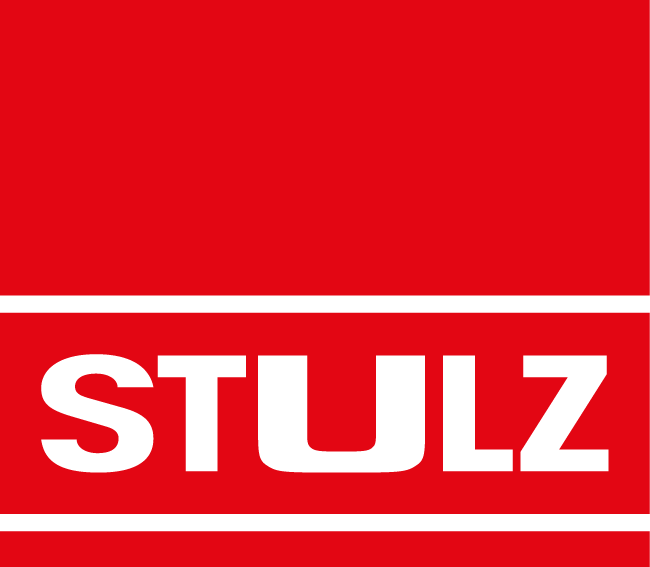As data centers evolve to support AI, HPC, and other compute-intensive workloads, thermal management has reached a breaking point. Traditional precision air cooling simply isn’t enough. Liquid cooling has emerged as a critical necessity. Central to many of these systems are Coolant Distribution Units (CDUs), which act as the control hub for technical cooling system (TCS) loops in direct-to-chip cooling systems.
These CDUs are the beating heart of liquid cooling infrastructure. They regulate flow, temperature, cleanliness, and even system intelligence. Yet surprisingly few engineering teams have access to solid, public guidance on how to specify them effectively.
Here, we break down the essentials of writing clear and comprehensive CDU specifications. By drawing on current ASHRAE guidelines and proposed rating conditions, including insights from the TC 9.9 committee, we highlight thirteen key areas every engineer and specifier should address.
Why Good CDU Specs Matter
Poorly defined specs can lead to misaligned expectations between engineers and vendors, performance shortfalls, and costly field failures. Writing precise, requirement-driven specs ensures:
- Consistent vendor proposals
- Proper integration with IT systems
- Reliable cooling performance under load
Whether you’re designing a next-gen AI cluster or retrofitting a facility for liquid cooling, the following considerations will set your CDU project up for success.
13 Key Areas for CDU Specification
- General Construction
- What to specify: Mounting style (skid, rack, or industrial rail), materials (steel gauge, powder coating), and NEMA enclosure rating.
- Why it matters: These choices affect durability, environmental resistance, and maintenance access.
- Thermal Requirements
- What to specify: TCS supply/return temperatures, flow rates (e.g. 1.5 L/min/kW), approach temperature (typically ≤3°C), and fluid properties.
- Why it matters: Ensures compatibility with IT equipment and enables apples-to-apples comparisons between vendors.
- Heat Exchangers
- What to specify: Type (e.g., plate-and-frame), material (e.g., stainless steel), pressure drop, and performance curves.
- Why it matters: Drives heat transfer efficiency and supports longevity of the cooling loop.
- Pumps
- What to specify: Type (centrifugal), VFD support, operating pressure, efficiency at load points, and N+1 redundancy.
- Why it matters: Ensures stable coolant flow even under changing loads or component failure.
- Electrical Design
- What to specify: Voltage, frequency, dual power feeds, SCCR rating, and harmonic filtering (IEEE 519 compliance).
- Why it matters: Prevents shutdowns, supports electrical safety, and minimizes harmonic noise in facility power.
- Wetted Materials
- What to specify: Approved materials for coolant contact (e.g., stainless steel, PEX), no dissimilar metals without isolation.
- Why it matters: Prevents corrosion, particulate shedding, and cold plate fouling.
- Filtration
- What to specify: Micron rating (commonly 25µm or finer), filter cartridge type, and pressure drop monitoring.
- Why it matters: Keeps fine particles out of cold plates and exchangers reducing clogging risk.
- System Controls and Sequence of Operations
- What to specify: Startup/shutdown sequences, setpoints, alarms, and sensor integration.
- Why it matters: Supports safe, stable operation and quick response to thermal or flow anomalies.
- HMI (Human-Machine Interface)
- What to specify: Touchscreen interface (IP65), remote access, alarm history, and data logging.
- Why it matters: Makes monitoring easier and speeds up fault diagnostics.
- Chemistry and Cleanliness
- What to specify: Shipment condition (dry, nitrogen-charged), flushing requirements, and coolant quality monitoring.
- Why it matters: Clean systems last longer, and clean fluid protects IT equipment.
- Telemetry
- What to specify: Required I/O points and supported protocols (e.g., Modbus, BACnet, SNMP).
- Why it matters: Enables integration into building or DCIM systems for remote management and alerting.
- Sensor and Accuracy Expectations
- What to specify: Required sensors (temperature, pressure, flow), with general accuracy expectations and calibration needs.
- Why it matters: Inaccurate or unreliable sensor data leads to poor control and troubleshooting delays.
- Failover Strategy
- What to specify: N+1 pump configuration, switchover logic, dual power handling, and manual fallback modes.
- Why it matters: In high-density environments, even a few seconds without flow can result in permanent damage.
Wrap Up
The rise of AI and accelerated computing is pushing infrastructure design into uncharted territory. Liquid cooling is now rapidly becoming more mainstream, and CDUs are the backbone of these systems.
Writing great specifications won’t just improve procurement and vendor alignment. It ensures long-term performance, protects valuable compute assets, and gives engineers the confidence that their system will operate reliably under pressure.
Need a more detailed CDU specification guide? Watch our deep dive webinar on demand here!
Watch The Webinar On Demand
Spec Writing for CDUs







Blog Comments